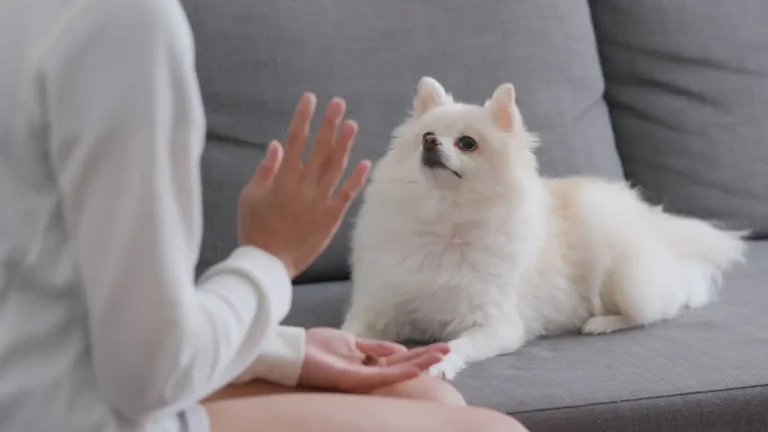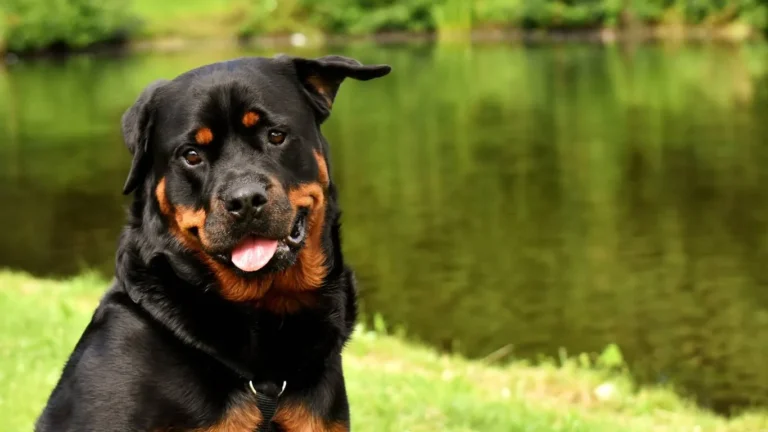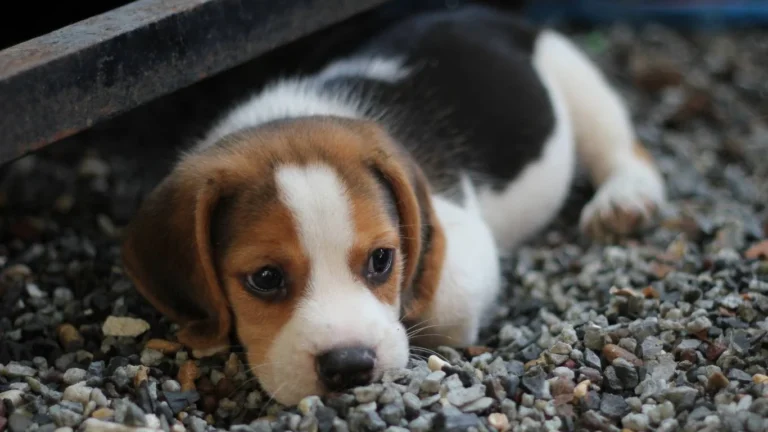Struggling with Nose Wipes? How to Train a Dog to Tolerate Nose Cleaning
If you’re wondering how to train a dog to tolerate nose cleaning, you’re not alone. As a Canine-Assisted Therapy Trainer, I’ve seen my fair share of squirmy, sneezy pups who want nothing to do with their nose being touched—let alone cleaned. But here’s the thing: just like trimming nails or brushing teeth, keeping your dog’s nose clean is a key part of their overall health. And yeah, it takes some patience and strategy. But trust me, once you get your pup on board, it becomes a quick and easy part of your routine. Let’s break it down together, one tail wag at a time.
Why Nose Cleaning Matters for Your Dog
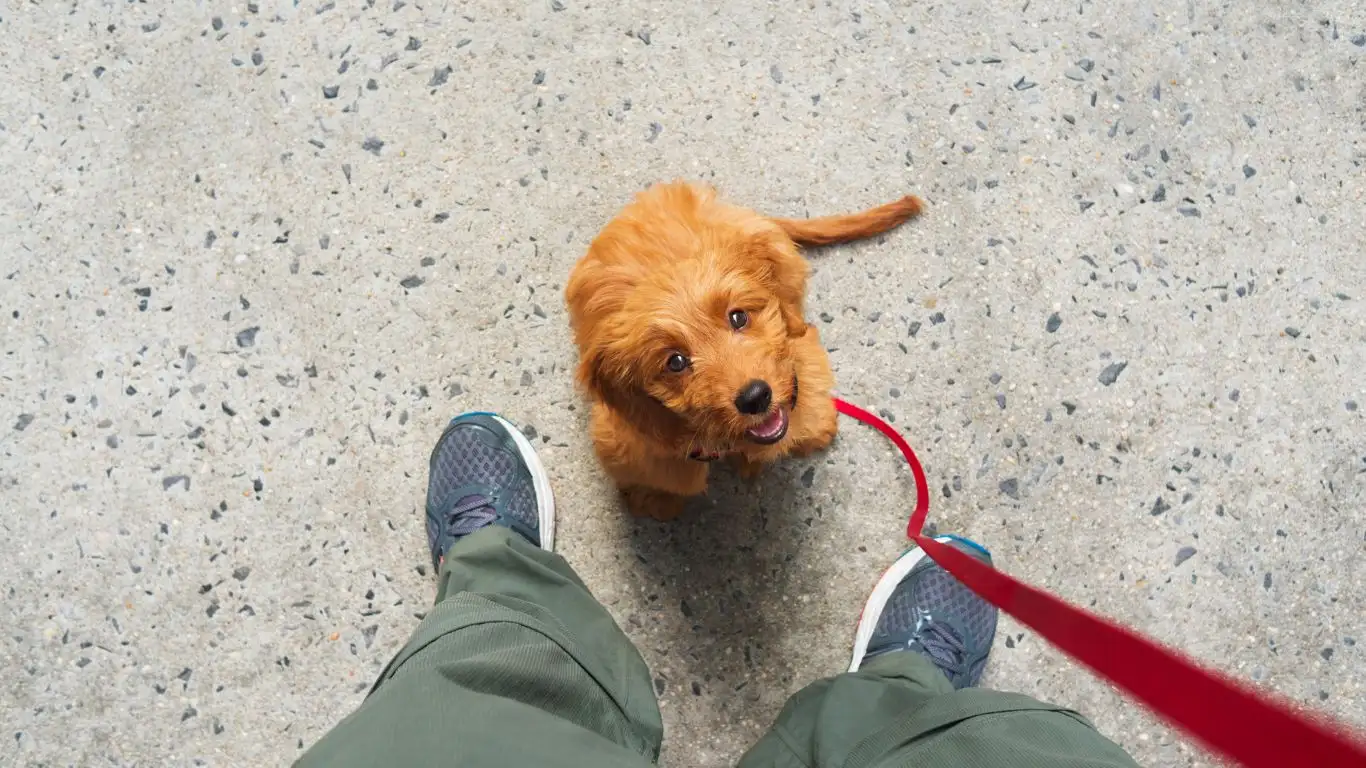
Dogs are curious by nature—always sniffing, exploring, digging their faces into the ground, and let’s be honest, sometimes into things they shouldn’t. Because of this, their noses can collect debris, pollen, dust, and even mold spores. If your dog suffers from allergies or respiratory sensitivities, regular nose cleaning can make a big difference.
From a trainer’s perspective, it’s not just about hygiene. Teaching your dog to be okay with you touching sensitive areas, like their nose, builds trust. And in a therapeutic setting, like working with therapy dogs in hospitals or schools (something I get to do often), they need to be calm and composed even when touched unexpectedly.
Start with Building Trust and Touch Tolerance
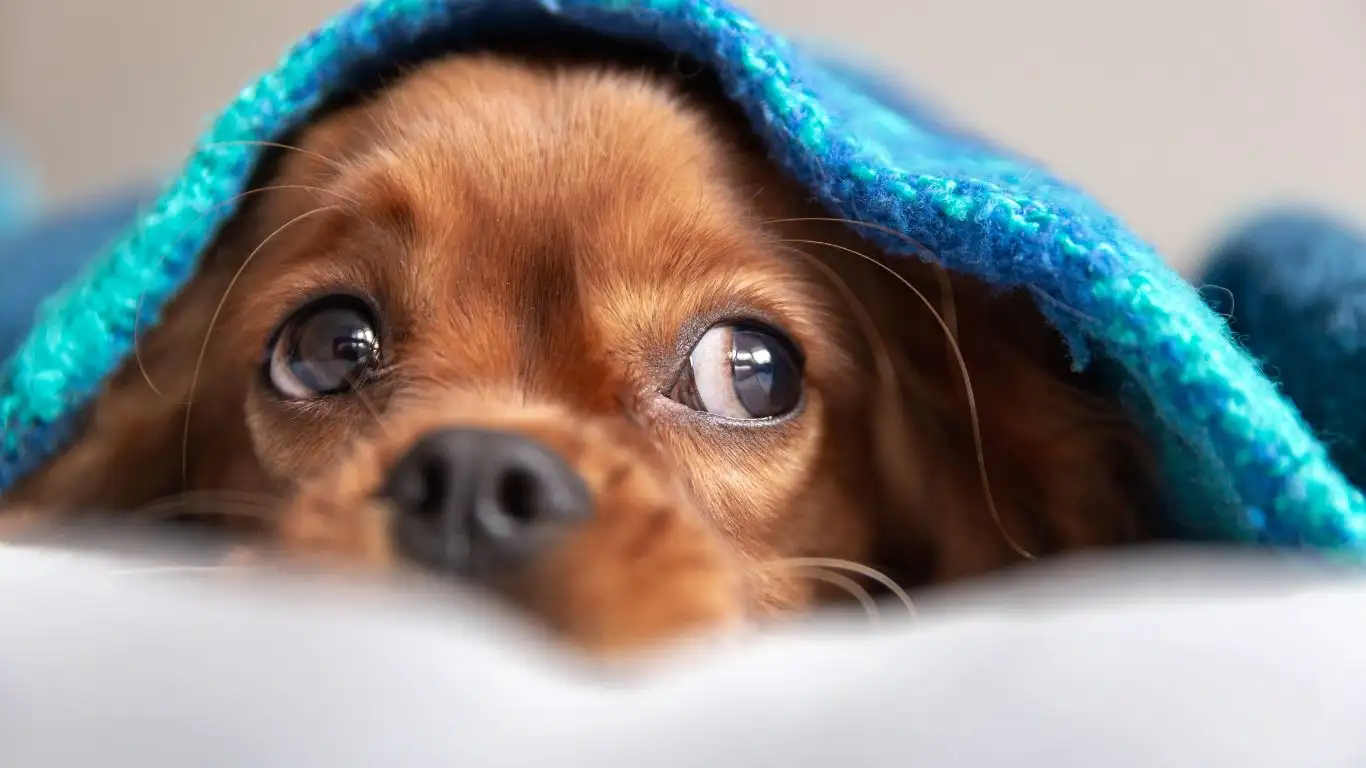
Slow and Steady Wins the Sniff
Okay, so your dog doesn’t love having their nose touched. Don’t worry—that’s completely normal. Think about it: the nose is ultra-sensitive, and dogs rely on it constantly. The goal here is to *desensitize* them gently.
- Start when your dog is relaxed—after a walk or playtime works best.
- Lightly touch their snout with your finger for just a second, then reward with a treat.
- Gradually increase the duration and intensity of the touch over time.
Pro tip from my therapy sessions: Use a cue like “touch” or “snout” every time you go in. This way, your dog associates the action with something predictable. Consistency = calm dog.
Use High-Value Treats
We’re talking the good stuff here—freeze-dried liver, chicken, cheese, whatever makes your dog’s eyes go wide. When I was first training a rescue Golden Retriever named Max to tolerate nose wipes, he only cooperated when I broke out the cheese cubes. Once he knew he got rewarded for letting me dab his snout, he was basically handing me the wet wipes himself!
- Pair every touch with a reward at first.
- As tolerance improves, stretch the time before giving the treat.
- Eventually, phase out the treats—but keep the praise!
Choosing the Right Tools for Nose Cleaning

Not all products are created equal, and that’s especially true for your dog’s sensitive sniffer. If you’re wondering how to train a dog to tolerate nose cleaning, having the right supplies makes a huge difference in how well your pup adjusts to the process.
What You’ll Need:
- Dog-safe wipes: Unscented, hypoallergenic wipes made specifically for pets.
- Soft cloth: A damp microfiber cloth works in a pinch for mild cleaning.
- Treat pouch: Easy access to rewards keeps the momentum going.
- Positive reinforcement: Verbal praise is sometimes more valuable than the treat itself, especially for therapy dogs who thrive on connection.
I’ve seen a few folks try to use baby wipes or cotton swabs—please don’t. Some baby wipes contain ingredients that irritate dog skin, and cotton swabs can be too invasive. Keep it simple, gentle, and dog-safe.
Routine Over Reaction
Dogs learn best through routine. If nose cleaning becomes a once-a-month panic session, your pup will dread it. But if it’s something that happens calmly once or twice a week? It becomes no big deal. Just part of life. Like belly rubs. Well, almost.
Gradual Exposure: Turning Nose Cleaning Into a Normal Thing
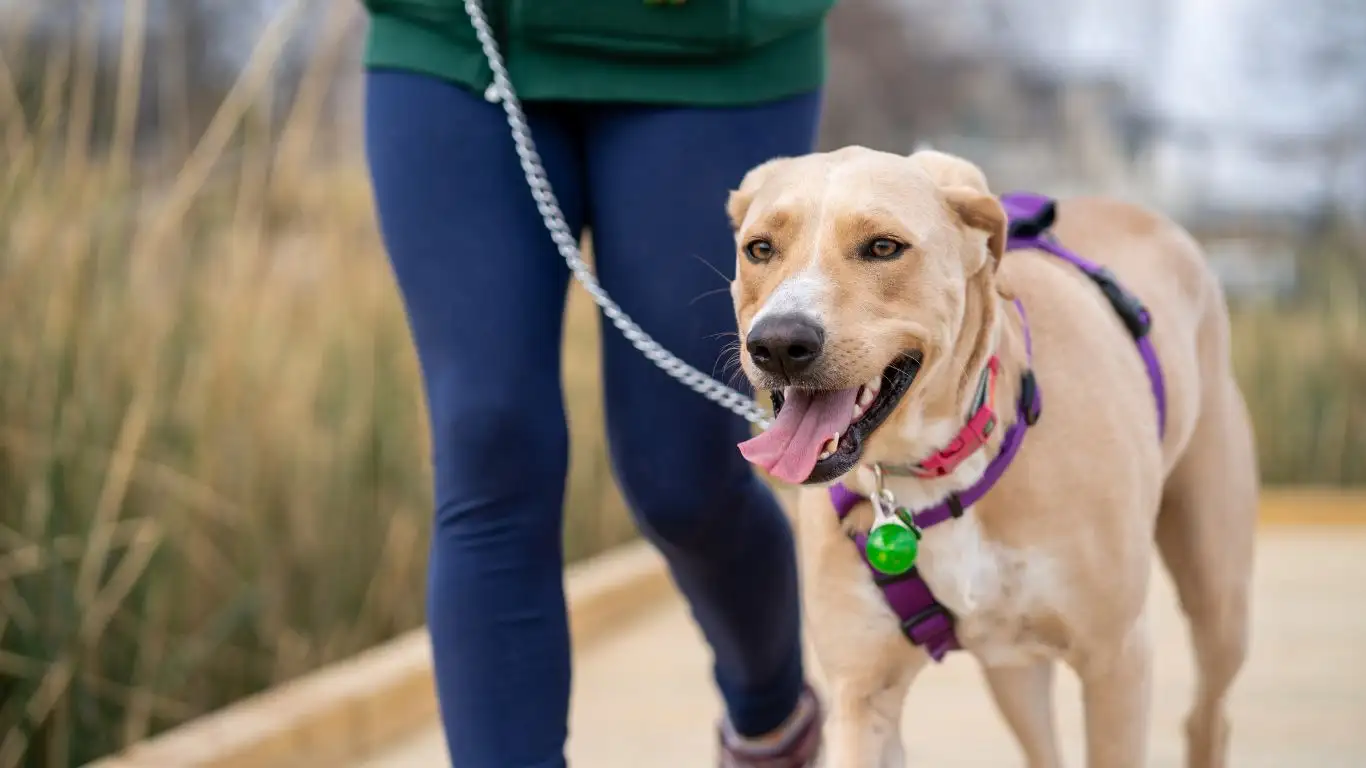
One of the best ways to ease into nose cleaning is through gradual exposure. Think baby steps—not a full-on face scrub out of nowhere. I remember working with a Boxer named Daisy who was super reactive to any facial contact. So we took it slow, like really slow. Day one was just holding the wipe in front of her. Day two? A quick dab on the chin. By week two, we were cleaning her nose like pros.
It’s all about setting your dog up for success. If they feel safe and not overwhelmed, their confidence grows with each session. That’s how you build real tolerance—and not just obedience through pressure.
Here’s how to ease into the routine:
- Step 1: Let them sniff the cleaning tool (wipe or cloth).
- Step 2: Touch their snout gently without cleaning.
- Step 3: Wipe lightly near the nose but not on the nostrils yet.
- Step 4: Gradually increase how close and how long you clean.
- Step 5: Always follow up with a treat or enthusiastic praise.
Before long, it won’t be a big deal. They’ll just think it’s part of the daily affection routine.
Understanding Your Dog’s Body Language

Let me tell you—reading your dog’s signals is everything. You can’t train effectively without tuning into their comfort zones. If your dog’s lip licking, pulling back, or turning their head away, that’s their way of saying, “Hey, I’m not quite ready for this.” And that’s totally okay.
In my therapy work, especially when preparing dogs to work with children or people with mobility aids, I’ve learned the importance of micro-expressions. A tiny ear flick or nose wrinkle tells me what words never could.
Watch for these signs of stress:
- Whale eye (showing the whites of their eyes)
- Tensing up or freezing
- Repeated yawning or nose licking (outside of normal context)
- Trying to move away or hide
On the flip side, relaxed eyes, a wagging tail, and soft body posture mean you’re doing it right. Keep going, you’re on the right track.
How to Train a Dog to Tolerate Nose Cleaning in Real Life Situations

So, what happens when you’re not in the comfort of your living room? What if your pup gets sniffly on a hike or needs a quick wipe before a therapy visit? That’s where real-life proofing comes in. Training in different environments ensures your dog generalizes the behavior, not just performs it at home.
When I was prepping a Border Collie named Luna for hospital work, we practiced nose cleaning in all sorts of places: parks, sidewalks, even on a bus once. The key was keeping everything predictable and positive. Whether we were cleaning after a pollen-heavy walk or a muddy trail day, she learned it was just part of her human-dog pact.
Tips for public practice:
- Start with low-distraction areas like your backyard.
- Gradually move to parks, sidewalks, or parking lots.
- Keep sessions short—success is better than duration.
- Bring high-value rewards to keep the motivation high.
Quick advice: Don’t push through if your dog gets overwhelmed in public. Take a break and try again later. Confidence is built over time, not forced in a single day.
Incorporating Nose Cleaning Into Your Dog’s Routine
If it feels like a chore, you probably won’t stick with it—and neither will your dog. That’s why I encourage owners to tie nose cleaning into daily or weekly rituals. You’re already feeding them, walking them, brushing them… it’s just one more tiny step that makes a big impact.
In my own routine, I do a quick “nose check” after every walk, especially in spring when allergens are nuts. It takes 10 seconds. And my own dog, Buster, treats it like a special moment—we even made it a little game where he gets a kiss after. (Yes, I know, cheesy… but it works!)
Make it part of something else:
- After brushing sessions
- Before or after feeding time
- As part of a bedtime wind-down routine
The more predictable it is, the more your dog sees it as “just what we do.” And that’s the sweet spot—when training becomes a habit, not a hassle.
Dealing with Setbacks and Sensitive Dogs
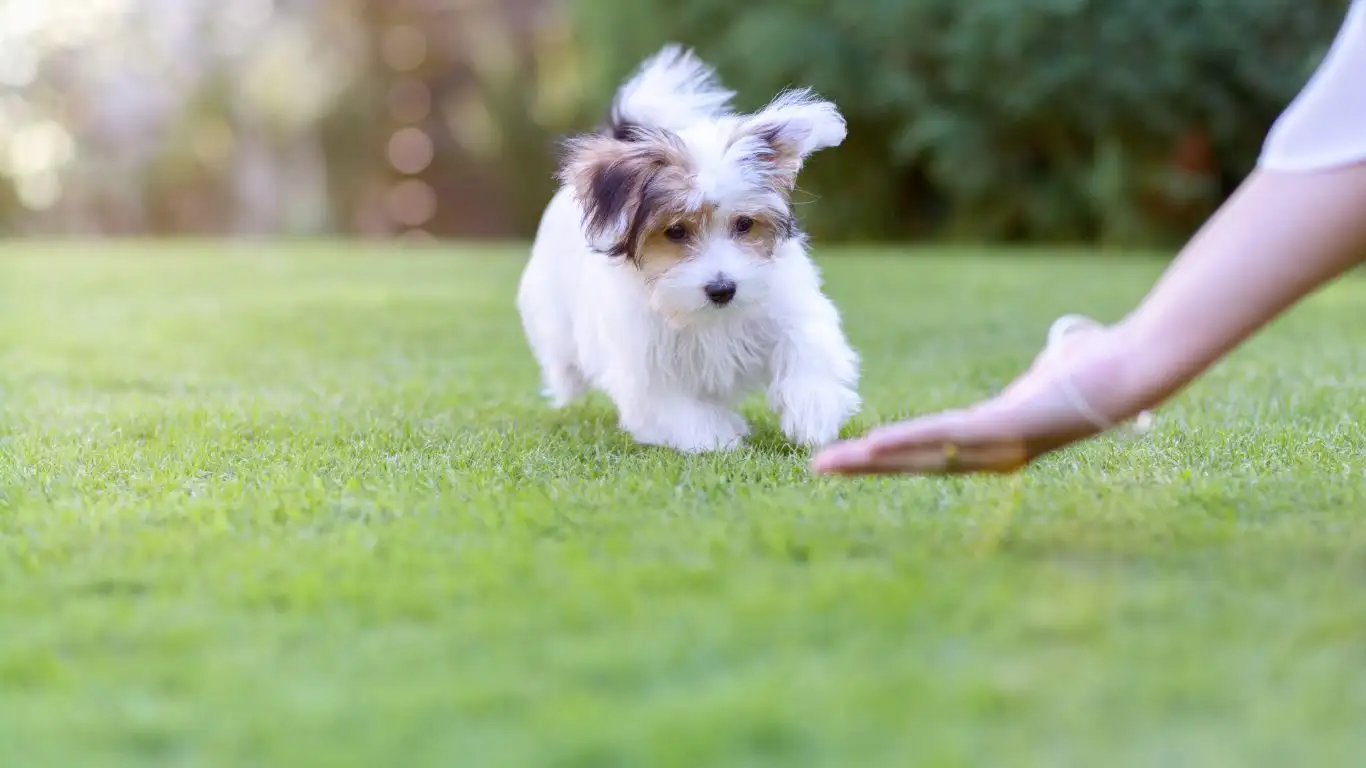
Now let’s be real—sometimes, even with the best techniques and all the treats in the world, things don’t go as planned. I’ve had dogs who absolutely nailed nose cleaning one week, then refused to even look at the wipe the next. It’s not failure—it’s just part of the process.
Training isn’t linear. And some dogs, especially rescues or pups with past trauma, may need extra time. One dog I worked with, a shy little mixed breed named Peanut, had a history of neglect. The idea of someone touching her face? Terrifying. So we shifted our focus from “cleaning” to “comfort.” We worked on creating positive associations with just being near her face first—and the cleaning came much later.
Here’s what helped with sensitive pups:
- Using a scentless, warm (never cold) cloth
- Letting them watch you clean a calm dog’s nose first (dogs learn from each other!)
- Using a calming aid like lavender-infused dog wipes (vet-approved only)
- Ending on a high note—even if you didn’t get the full cleaning done
And if your dog simply isn’t progressing? That’s when it’s time to consult a certified trainer or even a veterinary behaviorist. There’s no shame in needing help—we all do at some point.
When to Seek Vet Advice About Nose Cleaning

Let’s not forget, sometimes what looks like a training issue is actually a medical one. If your dog is constantly resisting nose touches, or if there’s visible irritation, scabbing, discharge, or swelling—it’s time to check in with your vet. I always tell my clients, “When in doubt, rule it out.” It’s better to have peace of mind than to push through discomfort that might have a medical root.
Common health issues that may require nose care:
- Seasonal allergies or environmental irritants
- Fungal or bacterial infections
- Nasal mites (yes, they’re real and super irritating for dogs)
- Dry, cracked skin from cold weather or sun exposure
In therapy settings, we actually include nose checks as part of our health readiness assessments before dogs go into hospitals or schools. It’s that important. If you’re ever unsure, your vet is your best partner in making sure nose cleaning is safe and necessary for your dog.
Celebrating Progress and Keeping It Positive
One thing I always stress with my clients—and live by with my own dogs—is celebrating the small wins. If your dog went from running away at the sight of a wipe to calmly letting you dab the tip of their nose? That’s huge. That deserves a cheer, a treat, and probably a post in your dog’s Instagram story, let’s be honest.
Positive reinforcement is the name of the game. And I’m not just talking about food rewards. Affection, playtime, and verbal praise go a long way too. I once had a Labrador who only cared about tennis balls. So every time he cooperated with nose cleaning, we’d immediately play fetch for two minutes. That was his reward. And guess what? He started looking forward to nose time.
Try mixing up the rewards:
- Favorite treats (keep them small so you can give several)
- Snuggles and happy talk (yes, they love that stuff)
- A quick game with a toy
- Access to a favorite activity right after (like a walk)
By reinforcing the behavior consistently, your dog starts seeing nose cleaning as just another fun thing you do together—not something to fear or avoid.
Final Thoughts: Make Nose Care a Part of Your Bond
So, if you’ve been wondering how to train a dog to tolerate nose cleaning, I hope this guide gave you more than just the “how.” It’s about understanding your dog, building trust, and making their care part of your relationship. As someone who’s worked with therapy dogs in sensitive environments for years, I can tell you—this kind of handling pays off in big ways, not just in health, but in connection too.
Whether your dog is a working pup, a couch potato, or somewhere in between, a clean and cared-for nose helps them stay comfortable and confident. And hey, it makes all those boop-the-snoot moments a lot more pleasant too.
References
- American Veterinary Medical Association (AVMA)
- ASPCA
- American Kennel Club (AKC)
- VCA Animal Hospitals
Disclaimer
This article is for informational purposes only and is based on my professional experience as a Canine-Assisted Therapy Trainer. It is not intended to replace veterinary advice. Always consult your veterinarian before starting any new care routine with your dog, especially if they have existing health conditions.


